
GMOs Genetically Modified Organisms

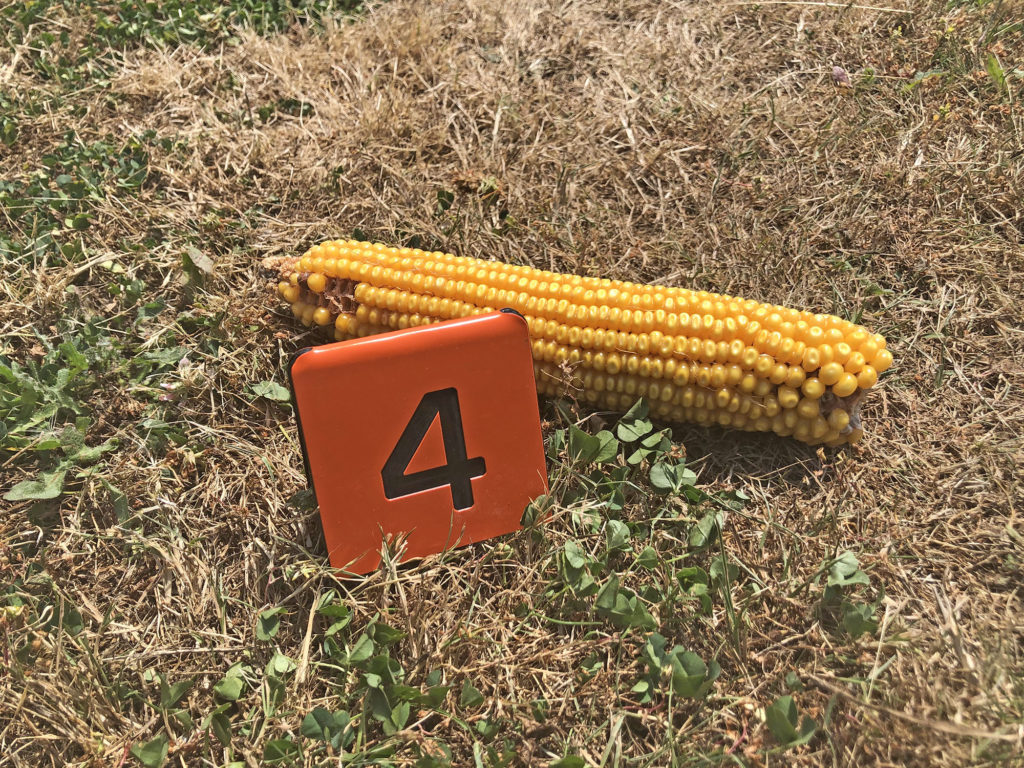
GMO Objectives
-
Describe the types of genetically modified organisms that have been produced, the techniques used, and rationales.
-
Provide the characteristics of fish, including key structures used to distinguish fish from other living vertebrates.
-
Describe the role of fish hatcheries in maintaining genetically modified fish as well as native species.
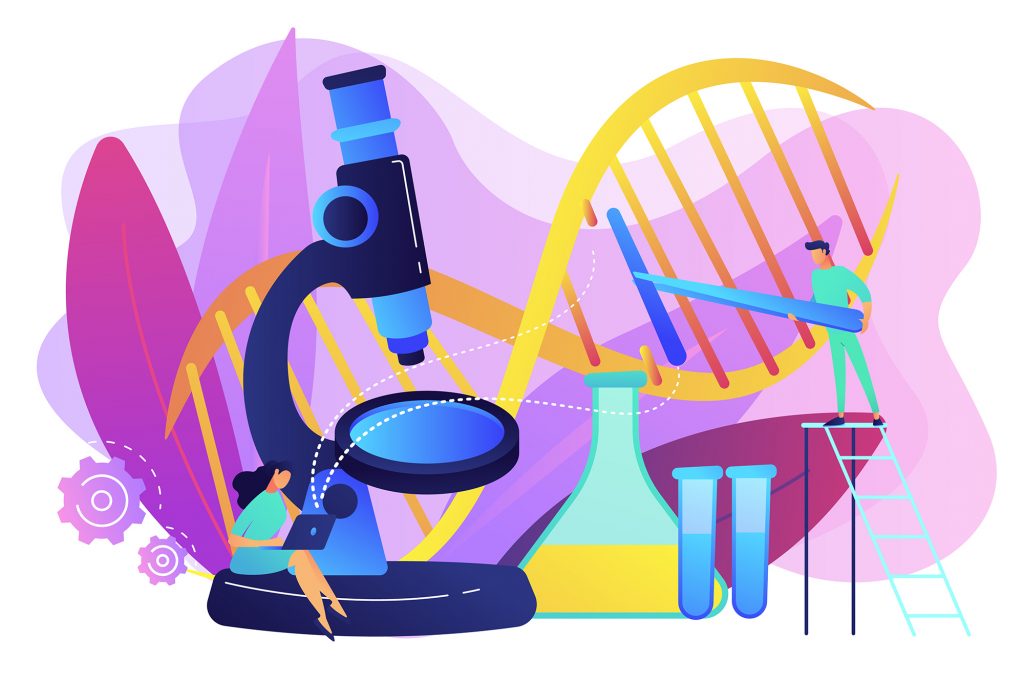
Genetic technologies, including gene editing, are being used to modify a variety of organisms. Typically GMOs are created to solve significant medical and food supply issues. However, as the GMOs video will show, some GMOs are produced for other uses, including the pet trade.
An introduction to GMOs, including engineered animals.
An indicator of how established genetic engineering is becoming is the presence of GMOs in pet stores, including several transgenic fish species. “GloFish” is a trademarked name. GMOs can be patented and their sales restricted.
These are our “Glofish” transgenic danios that contain jellyfish (or coral) genes that enable them to glow bright colors. When you cross them, the resulting offspring are a mix of the two parental colors. For example, a red parent and a yellow parent produce orange offspring. This is not the old “blending theory,” this is co-dominance, both alleles direct the production of a large amount of pigment.
Engineering species like trout may produce larger fish faster, or fish that tolerate a wider range of hatchery and environmental conditions.
A lingering question about GMOs is whether they should be released into the wild, with potential for gene flow with both wild and artificially selected species.
Fish
We will take a closer look at fish, the first vertebrate species to appear in the fossil record.
This brief video introduces fish, the taxa (group) that gave rise to all vertebrates on Earth today.
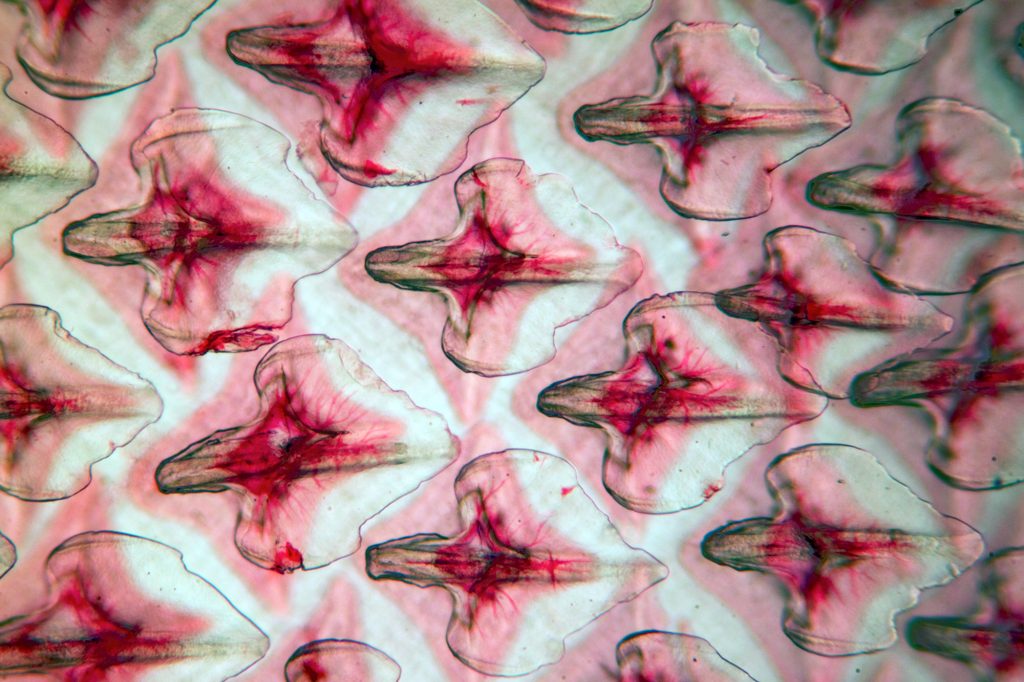
Scales are a significant integumentary structure in fish. The same genes that code for mammalian teeth and hair code for fish scales.
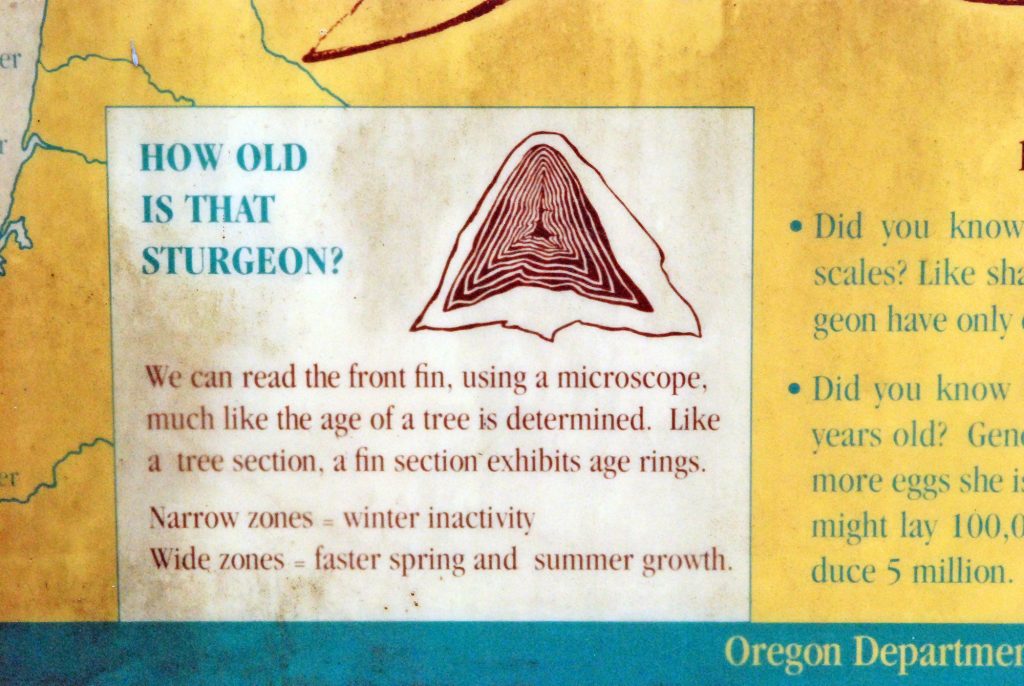
In some scales, layers indicate growth like the rings of a tree branch.
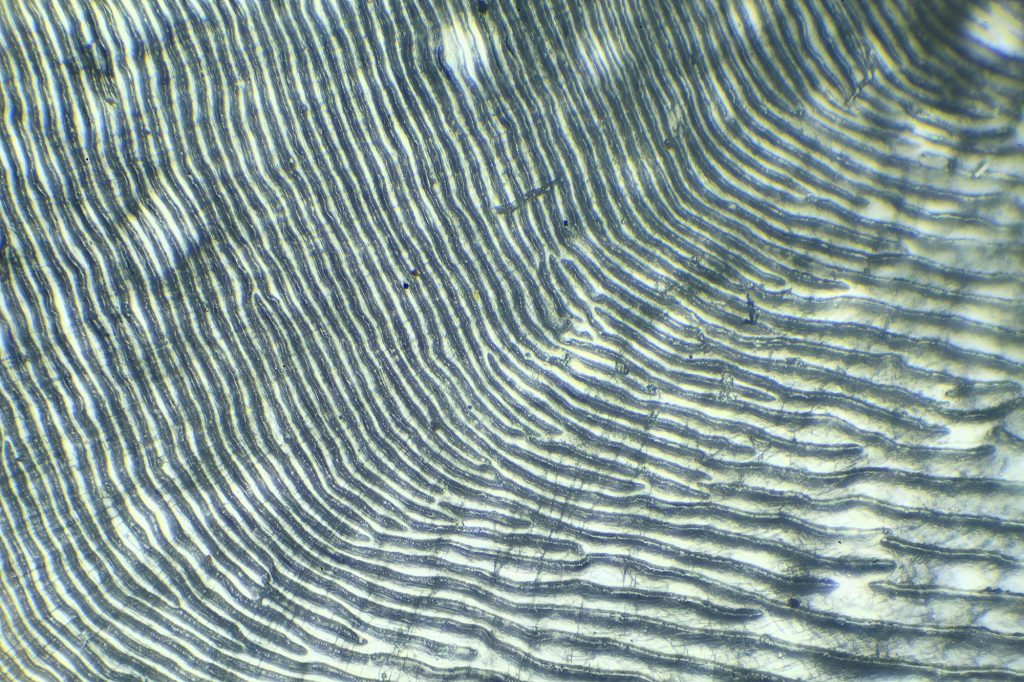
We are taking a tour to observe fish, starting at Cascadia Park on the Santiam River in Oregon.
Nearby, this fish hatchery raises rainbow trout. Hatcheries can raise species or varieties in danger of extinction, species used to stock lakes, or species used commercially for food.
Hatcheries typically have different rearing tanks with various life stages of fish. It is an opportunity to observe developmental changes.
As trout mature, gene expression changes, hormones are produced and we can obseve a phenotypic change in color.
For the trout to have reached this population size in a small pond, the carrying capacity must have been raised artificially. This includes supplying food and minimizing disease transmission.
It takes an enormous amount of food to raise fish in a hatchery. They are efficient eaters, all of these pellets will be consumed, some will pass through the fish digestive tracts, some of the energy will be used to sustain respiration, and the remaining chemical energy may be stored, along with nutrients
This is the end of the Technologies Guide content. After you check your knowledge over the material, proceed to the product page.

Check your knowledge. Can you:
-
describe the types of genetically modified organisms that have been produced, the techniques used, and rationales?
-
provide the characteristics of fish, including key structures used to distinguish fish from other living vertebrates?
-
describe the role of fish hatcheries in maintaining genetically modified fish as well as native species?



